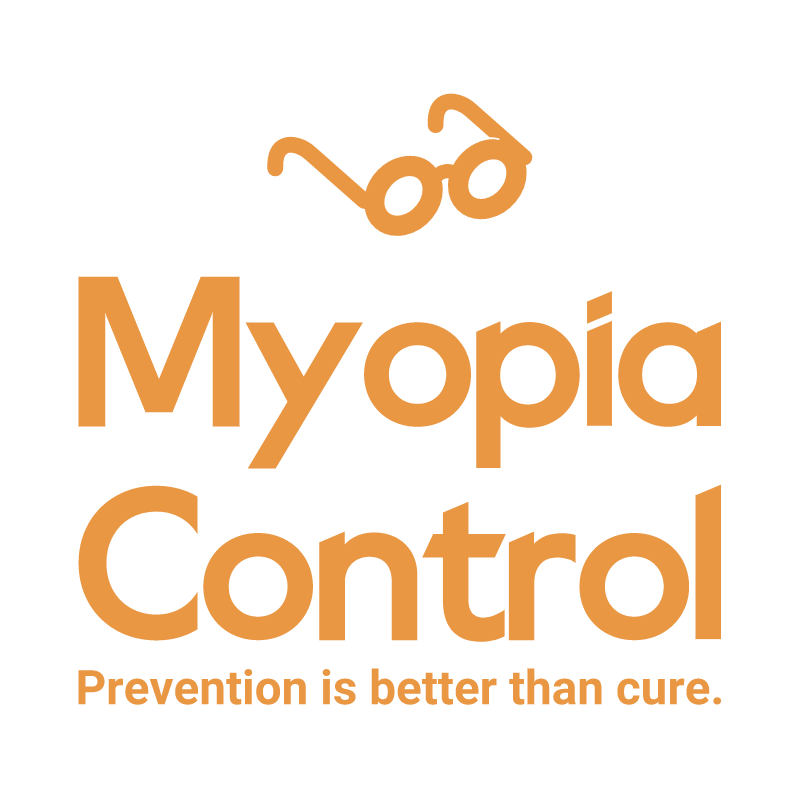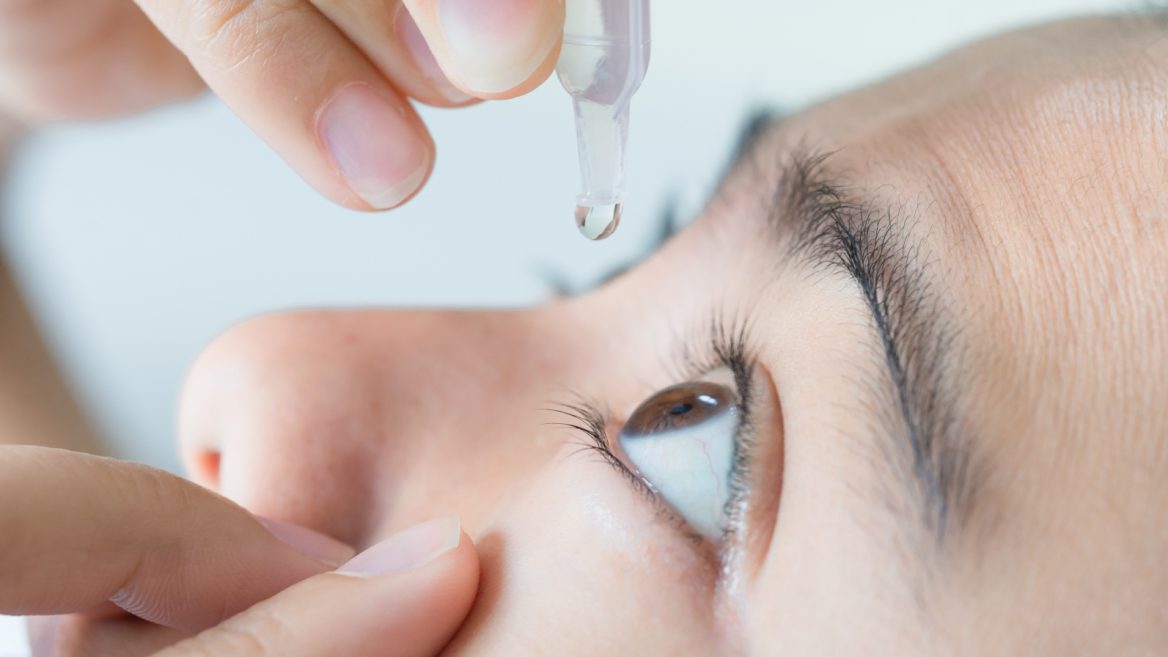Weekend Atropine Eyedrops (1%) Therapy Controls Childhood Myopia
The eyes of today’s children have no time to relax. Reading, writing, watching television, using the computer, surfing the internet or playing video games. Not surprisingly, about half of our primary school children are shortsighted. But there’s good news, childhood myopia control can be controlled through atropine eyedrops therapy.
In the past, eye doctors used atropine eyedrops safely for treating childhood eye conditions such as lazy eye and squints. Recent scientific studies have found that when atropine 1% drops are instilled regularly into the eyes of children, myopia progression can be slowed or stopped.
Atropine is a naturally occurring alkaloid found in a certain class of plants (atropa belladonn). It is a strong medicine and the eyedrops should only be prescribed by an eye doctor.
“I normally recommend weekend atropine eyedrops therapy only for children from seven years and older,” says Dr Tony Ho, Medical Director of Clearvision Eye Clinic, who had been recommending it for hundreds of school children for more than ten years now.
But before a child can undergo the atropine eyedrops therapy, a full eye examination done by an eye doctor is mandatory.
“We are still not certain of exactly how atropine works in the eye to control myopia,” Dr Ho admits. “It could be a direct effect of the alkaloid drug on the eyeball to stop the eyeball elongation that occurs when myopia worsens or it could be an indirect effect by relaxing the focusing muscles of the eye.”
When Atropine Eyedrops Therapy is indicated, my current preference is to start by recommending a single drop to be instilled into both eyes once a week. Weekend nights are a good time to put in the drops. I find this reduced dosage to be adequate in controlling myopia progression in most children while minimising the unwanted side effects.
Most of the unwanted side effects of atropine therapy are from the pupil dilation and relaxation of the eye’s internal focusing muscles. First-timers will usually complain of glare and be light sensitive for a few days. For this reason, weekend atropine eyedrops therapy is advantageous in that if it is a sunny day, the child can stay indoors and out of the sun. When going out, a cap and clip-on sunshades or sunglasses should be worn. Alternatively, photo-chromic transition lenses that changes from clear to a dark hue when exposed to ultra-violet light rays can be worn. When swimming in the sun, the child should wear tinted swim goggles.
Atropine relaxes the eye’s focusing muscles so that they cannot squeeze hard when doing near vision work. Some people have labelled this effect as “botox for the eyes”. Complaints of blurry vision for reading are usually because the child did not adapt certain changes in reading and writing habits. Firstly, materials should not be held too near but at comfortable reading distances from the eyes. If myopia is mild to moderate, parents can remind the child to simply remove glasses to read. Childhood progressive glasses that work pretty much like adult progressive glasses are often prescribed to help in near vision work. When progressive glasses are worn, parents should remind the child to look through the lower portion of the spectacles lens when reading.
Atropine lingers on for up to two weeks in the eyes but after a few days most of the disturbing vision effects would disappear. A bottle of eyedrops can be kept effective for three months if kept clean in the box and stored in a cool place. Many children, when started on atropine therapy will benefit from an initial significant drop in spectacles prescription. It is therefore important to re-visit your eye doctor after a month of atropine therapy to have the spectacles prescription re-checked and if necessary have new glasses made. If new glasses are made, progressive spectacles are usually recommended. If the child is always out in the sun, then photochromic transition progressive lenses can be considered but they will cost more. If progressive lenses are not well tolerated as often is the case in those suffering from high astigmatism or if cost is an issue, then a “two-spectacles” wear strategy can be adopted. This is where the child wears a pair of slightly under-corrected glasses for home and close work and a stronger one for school.
With weekend atropine eyedrops therapy, most schoolchildren will find their myopia progression effectively slowed or stopped.
However, if significant myopia progression still occurs, then the atropine eyedrops dosage may need to be stepped up to two or three times weekly. Dr Ho experience over ten years has found parents compliance to be high with this regimen. In addition, adverse reactions such as chronic red eyes, fever, rashes, rapid heart rate, dry mouth and behavioral disturbances that have been reported to occur uncommonly have not been seen. However, if any of these occur, the treatment must be stopped.
Research is underway to search for a drug that mimics the myopia control effect of atropine without the undesirable side effects of pupil dilation. A drug call pirenzepine that is applied as an eye gel is currently still under test. For the present time, atropine is still the most effective remedy we have at present to stem the tide of myopia progression. If left unchecked, the increasing prevalence of high myopia in the population will lead to more cases of related blinding eye disorders such as retinal detachment, macular degeneration, glaucoma and cataract when our children grow up. Many high myopia patients will resort to wearing contact lenses or opt for Lasik surgery to correct their vision woes and these methods of correction have their attendant risks too. We must also not forget the socio-economic and military costs from the myopia epidemic. For detractors, let us not be so zealous about the side effects of atropine therapy that we forget the consequences of no treatment. Let us preserve the sight of our children for the future.
Dr Tony Ho has published three books on managing childhood myopia (1994: The Complete Eye Care Book (Awarded National Book Development Council Merit Award), 1996: Eighteen Steps to Myopia Control, 2001: Managing Childhood Myopia).


